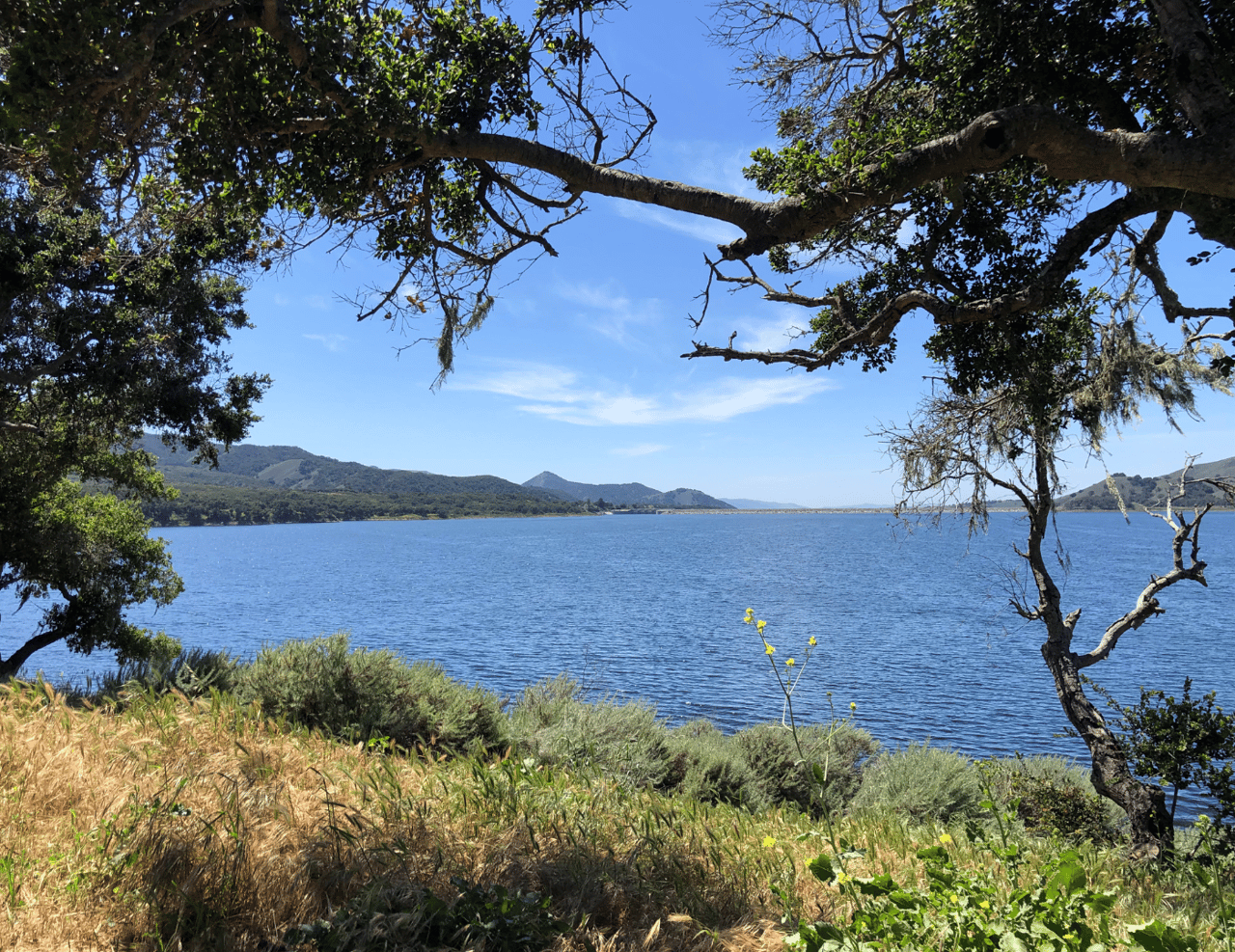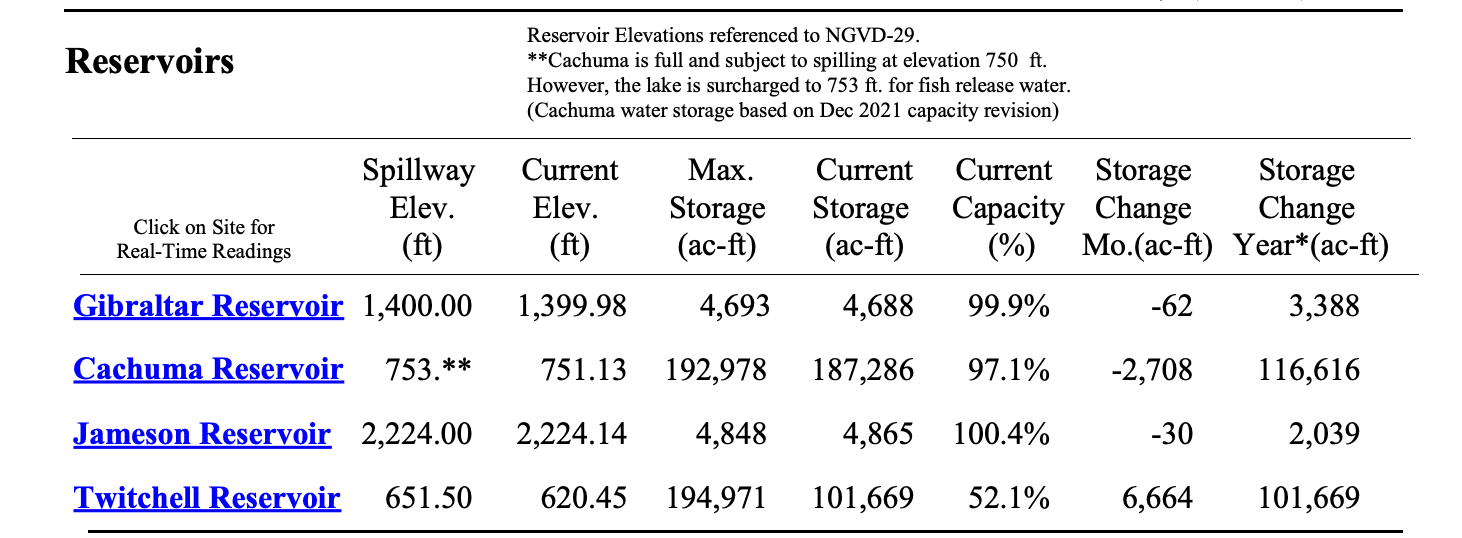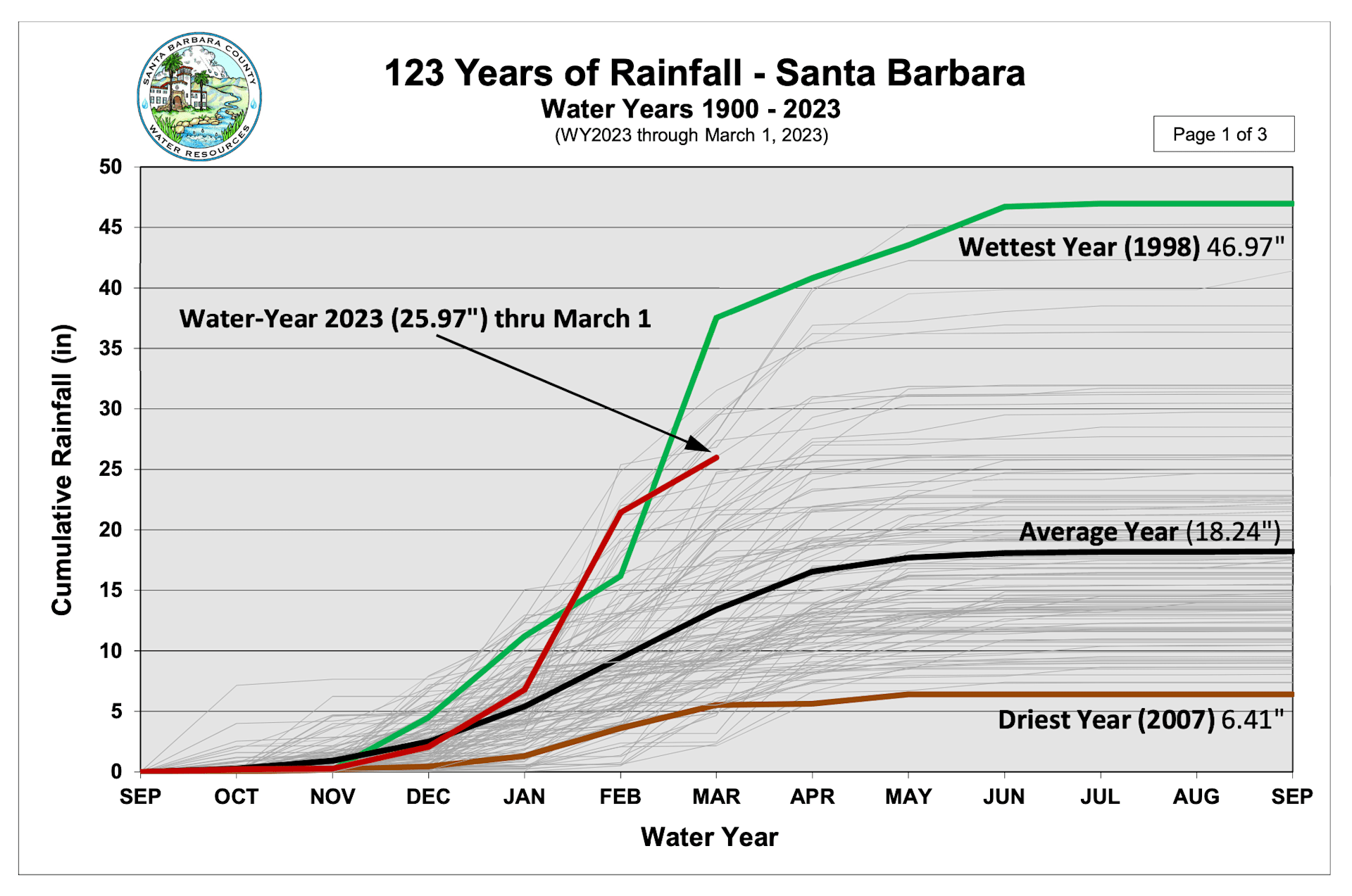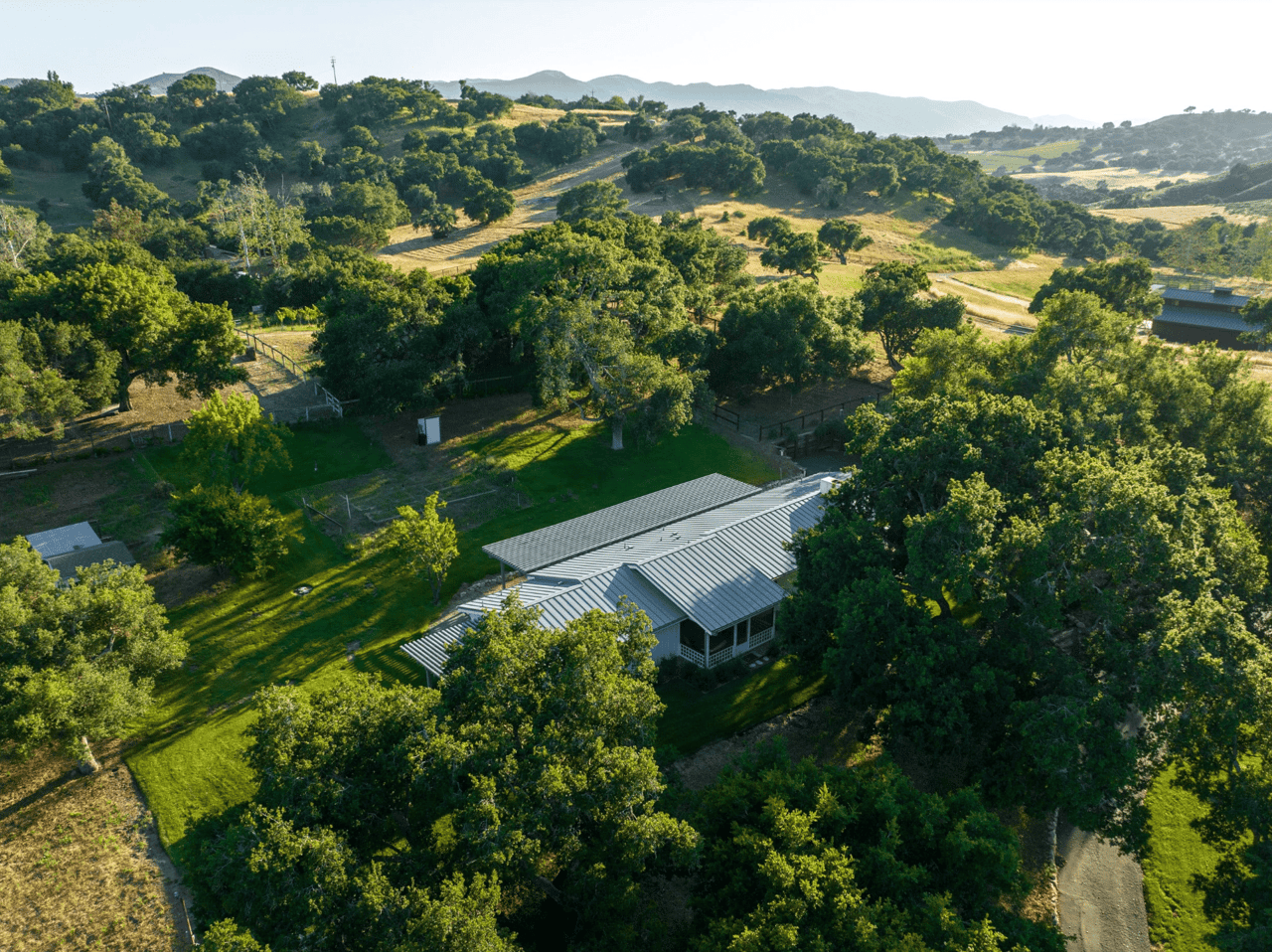2023 has already been an eventful year for California, with record-breaking amounts of rain and snow providing our state with some much-needed hydration. These historic storms recently brought snow to parts of the state that don't typically receive snowfall. The snow-capped San Rafael mountains put on a show for Valley residents, gracing our skyline with majestic ridgelines and rolling hills that are a vibrant green again.
All Four Seasons
Contrary to what many may think of Central and Southern California, we experience all four seasons here in the Santa Ynez Valley. While the region is often associated with a warm, Mediterranean climate, it also sees changes in temperature and weather patterns throughout the year. In the winter months, temperatures can drop to near freezing at night, and the occasional snowfall - though uncommon - is not unheard of. Spring brings blooming wildflowers and greenery, while summer is characterized by warm, sunny days and dry heat and cool evenings. Fall sees changing of colors on the grape vines and oak trees dropping their leaves. So, while the Valley may not experience the extreme temperature fluctuations or snowfall amounts of other regions in the Country, it’s still a place where residents experience the beauty and diversity of all four seasons.
Positive Impacts of the Storms
Overall, the recent storms have had an exceedingly positive impact on the environment here in Santa Ynez. Cachuma Lake, our primary resource for drinking water in Santa Barbara County, is at record highs. The reservoir is now overflowing for the first time since 1958, abundantly full of fresh rainwater. Other aquifers and reservoirs have seen similar overflow and abundant water levels as a result of the storm. In addition, the terrain of the Valley has completely transformed into a lush and verdant landscape, bathing the Valley in swathes of green at every turn. As a result of the storms, I’ve witnessed Canadian Geese migrating to our own ranch and enjoying the best of our abundant natural resources!
Underground Aquifers
The valley is also home to an extensive network of underground aquifers that play a crucial role in supporting the local ecosystem and economy. These aquifers are replenished by rainfall and snowmelt, and they provide a reliable source of water for irrigation, domestic use, and wildlife habitat. The Santa Ynez Valley Groundwater Basin is the largest of these aquifers, covering an area of approximately 300 square miles. This underground reservoir is estimated to hold more than 7 million acre-feet of water, making it one of the most significant groundwater sources in California.
The snow that graced our community in February was historic and rare, but extremely welcome. With Cachuma Lake overflowing, the Santa Ynez Valley Groundwater Basin brimming, and nearby lakes at capacity, this year is shaping up to be one of the wettest we’ve had in a long, long time.









